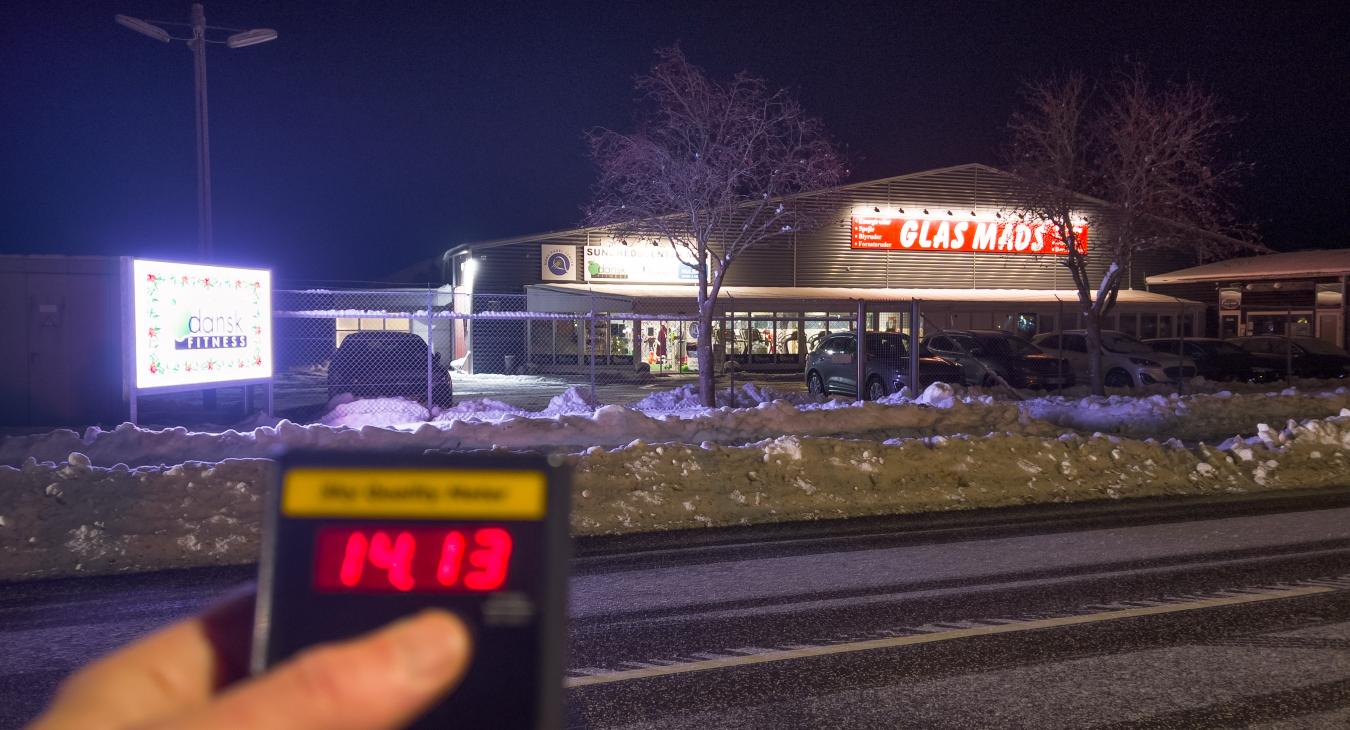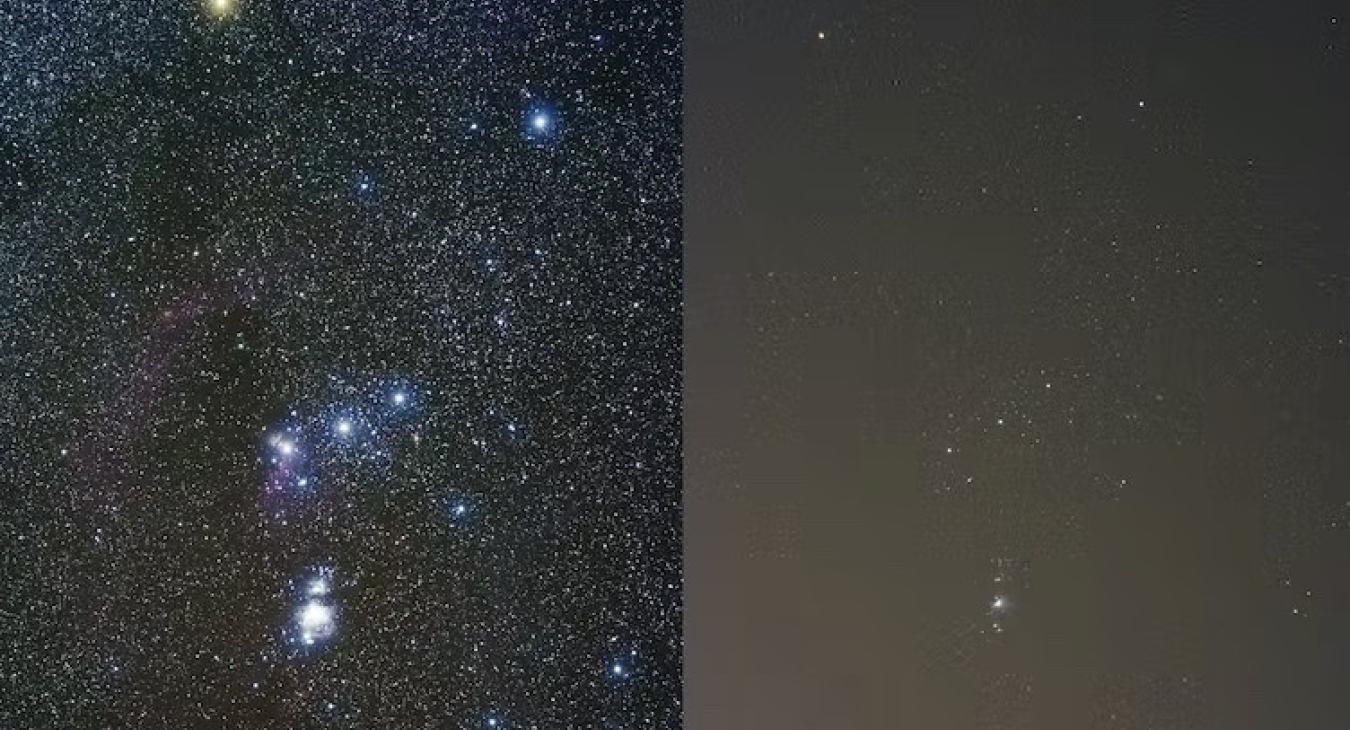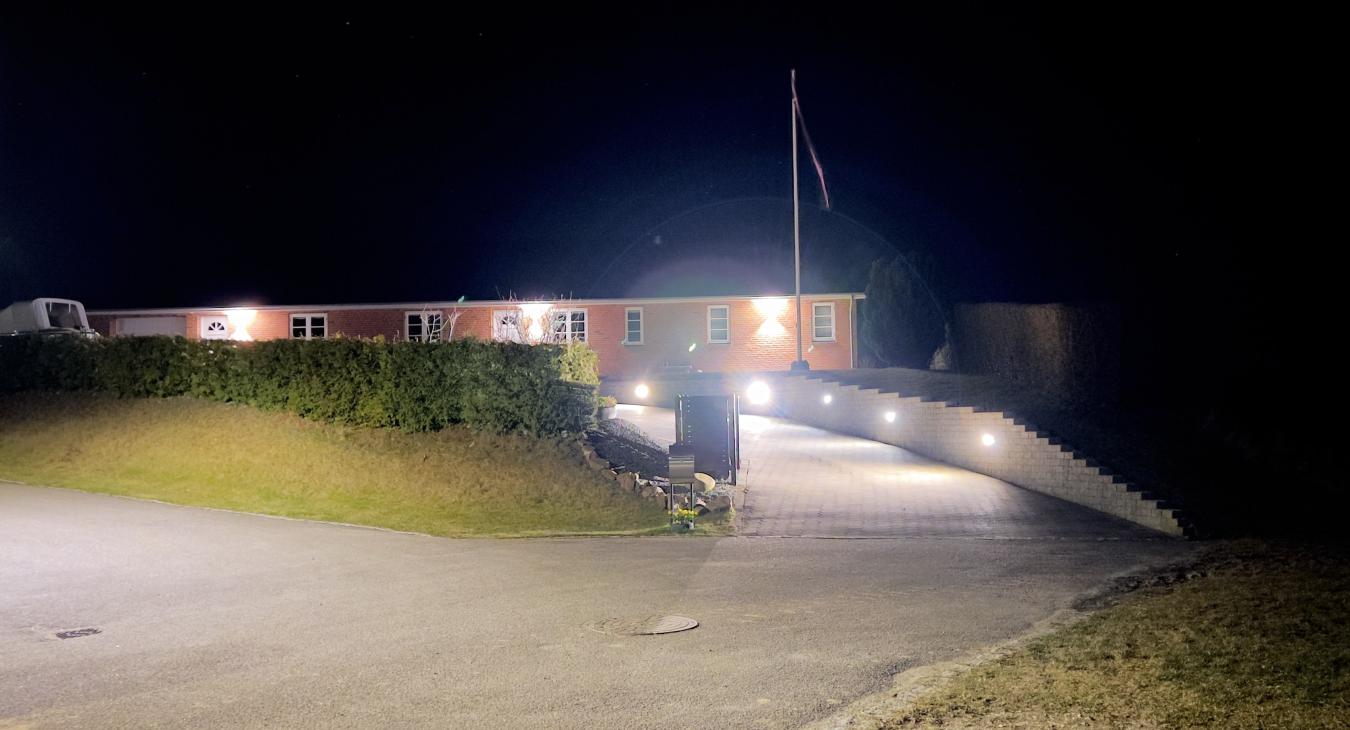The vast majority of the population on our planet cannot see the natural night sky due to light pollution.
Light pollution is caused by human development, thoughtless behavior and poor design of lighting fixtures.
Light pollution affects human health, and negatively affects nature.
What is light pollution?
There are three main types of light pollution: Diffuse illumination of the sky, glare, and scattering of light outside the area you want to illuminate.
Human development, thoughtless behavior and poor light fixture design contribute to light pollution.
The vast majority of the world's population cannot see the natural night sky due to light pollution.
And development is going the wrong way. The number of people in the world who can see an undisturbed night sky is decreasing every day.
Human health is affected by light pollution, e.g. with poor sleep quality and altered circadian rhythm.
Since many animals depend on the interaction between natural sunlight and darkness to perform critical life functions, such as reproduction or migration, light pollution affects their ability to survive.
Light pollution is a waste of energy, and in this way it also affects the planet's climate.
How are animals and ecosystems affected by light pollution?
Since humans are affected by light pollution, it makes sense that the rest of the animal kingdom is as well. The life cycle of many animals - from foraging to migration and beyond - is dictated by the amount of light at night.
The phase of the moon also determines many processes. But when light pollution changes the total amount of light at night, it becomes impossible for animals to read the moon phase.
Here are some of the many wild species affected by artificial light pollution.
Birds
Migratory birds face serious threats from light pollution. Millions of migratory birds are killed each year as a direct result of light pollution when they become disoriented.
Light pollution changes the natural patterns of light and darkness in ecosystems. It can change birds' migration patterns, foraging behavior and vocal communication. The birds are attracted to artificial lights at night, especially when there are low clouds, fog, or rain. When flying at lower altitudes, migratory birds become disoriented and may end up circling in lighted areas. This causes the birds to become exhausted or collide with buildings.
Birds exposed to artificial light become restless and lose sleep. They wake earlier in the day and lay their eggs earlier in the season, well before food is available for their young. Artificial light also interferes with their ability to hunt at night.
https://flap.org/bird-migration/
Sea turtles
Light pollution harms both adult and hatching sea turtles. Adult sea turtles she seeks towards dark beaches to lay their eggs, but they will not come ashore to do so if there are too many lights.
"Evidence of sea turtle disorientation along Florida's Atlantic and Gulf coasts can be heartbreaking and eerie," the National Fish and Wildlife Foundation writes in a blog post. "Hatchlings often leave confused, zig-zagging tracks in the sand before heading inland to be crushed on a nearby roadway. Giant adult females sometimes end up in a resort swimming pool or under the wheels of a vehicle."
Moths
Lights can completely distract moths, so they fly obsessively towards lamps and eventually die.
An article published in 2020 in the journal "Insect Conservation and Diversity" states that artificial light at night can disrupt reproduction as well as larval and pupal development. Researchers found strong evidence for effects of artificial light on moth behavior and physiology.
Moths are important pollinators of many plants. These plants will not be pollinated, and thus will not set seed, when night owls are busy seeking out lamps instead of seeking out flowers.
Night swarmers are also a food source for many bats.
https://resjournals.onlinelibrary.wiley.com/doi/10.1111/icad.12447
Other insects
We all know the sight of large numbers of insects swarming around lamps in the evening and at night.
It is not entirely clear why they do it, but we know that it is a waste of their time and energy, which they should have spent on reproduction and other important tasks. It has a direct effect on the number of insects, and thereby also on the number of animals that feed on these insects.
Bats
Bats can miss the best time to eat insects when artificial light prolongs dusk.
Experiments conducted by Bat Conservation International, a nonprofit organization dedicated to the mammal's protection, showed that lesser horseshoe bats (which are nocturnal) change their activities in a "dramatic" way in artificial light at night.
https://www.batcon.org/blinded-by-the-light/
https://darksky.org/resources/what-is-light-pollution/effects/wildlife-ecosystems/
Frogs and amphibians
If an outdoor light is turned on at night, frogs and toads stop their mating calls and often do not resume for hours. They need the protection of darkness to be active without being eaten by other animals, so they will instinctively stop their mating activities when there is too much light.
What can I do to reduce light pollution?
If you turn off lights that do not serve a purpose, it has an immediate and tangible effect - you are no longer delivering the pollutant into the environment. It's not like water quality or agricultural runoff, which will take decades to clean out and allow the environment to recover.
You can easily learn about the types of lights and lamps that avoid excessive spread or brightness and choose to buy them. Or let the manufacturers know that you prefer light fixtures designed to create less light pollution.
But in terms of long-term repair, it's hard to say how quickly—if at all—certain impacts on humans can be reversed, even if we all got into better lighting habits. You still have accumulation from what you have been exposed to for a while.
When it comes to nature, it can take a while for species to come back and use the habitat if there was very bright light that exceeded the tolerance of the species that lived there.
We continuously monitor light pollution levels in Dark Sky Park Møn, so we can be alerted if there are changes. The results can be seen here.
How are light pollution and energy efficiency related?
When you use too much of something or are not careful about how you use it, waste is inevitable. And leaving lights on all night or not directing them to the intended location results in unnecessary energy consumption.
Worldwide, the International Dark Sky Association estimates that at least 30% of all outdoor lighting is wasted due to unshielded fixtures.
Are plants affected by light pollution?
Light pollution can have several negative effects on plants and ecosystems. Here are some of the ways light pollution affects plants:
Flowering and fruiting: For many plants, especially those with photoperiod behavior (responding to changes in the amount of light during the day), light pollution can disrupt their natural growth cycle. This can lead to abnormal flowering and fruiting, which can affect plant reproduction and fruit production.
Growth patterns: The light from city lighting and other light sources can disrupt the growth patterns of plants. This can lead to the plants growing against the light, which can result in crooked growth directions and weakened stems.
Photosynthesis: Light pollution can also affect photosynthesis in plants. For some plants, this can lead to a change in the photosynthesis process, which can have consequences for their energy production and survival.
Wildlife and pollination: Light pollution can affect insects and other pollinators, which in turn can affect plants. Many plants depend on nocturnal pollinators such as moths and bees. If these pollinators are disturbed by light pollution at night, it can have negative consequences for pollination and fruit set.
Ecosystem changes: Overall, light pollution can affect ecosystems by changing the interactions between plants and animals. This can have far-reaching consequences for biodiversity and the structure of natural ecosystems.
Vulnerability to pests and diseases: When plants are disturbed by light pollution and do not follow their natural growth cycle, they can become more vulnerable to pests and diseases. This is because their natural defense systems may not function properly in the event of altered growth and development.
It is important to understand that the effects of light pollution on plants can vary depending on the nature, location and intensity of the pollution. To protect plants and preserve the health of ecosystems, it is necessary to reduce light pollution and take into account its effects on natural areas. This may include the use of screens on light sources, the use of low-intensity lighting and regulations around lighting in natural areas.







